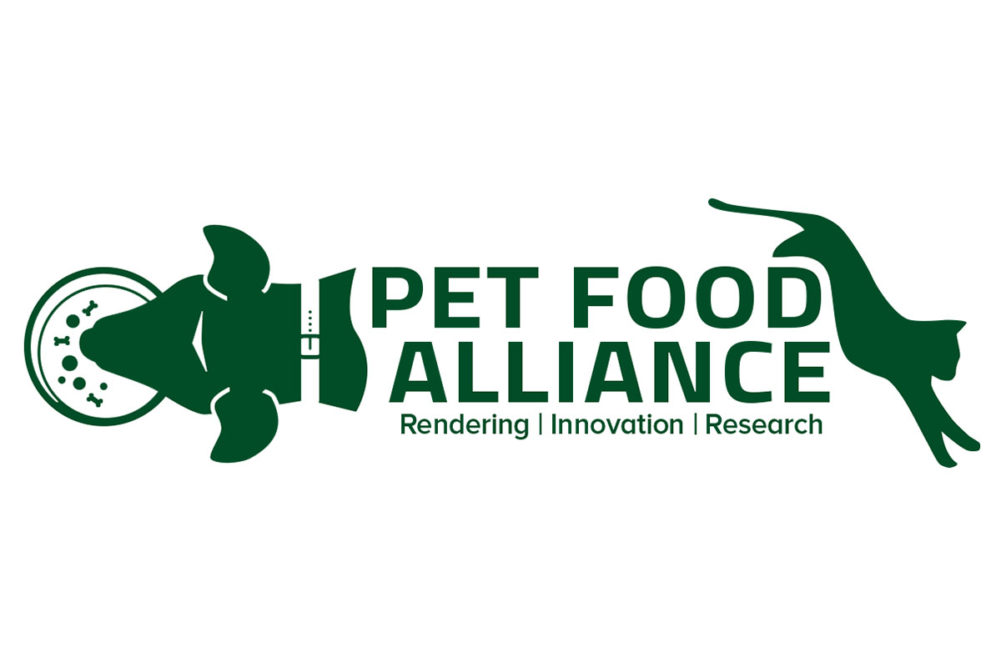This article was published in Pet Food Processing’s 2022 Buyers Guide. Read it and other articles from this issue in our 2022 Buyers Guide.
In December 2017, roughly 85 rendering and pet food industry leaders and academics gathered for the first-ever Pet Food Alliance (PFA) meeting at Colorado State University (CSU), Fort Collins, Colo. Membership has since grown to more than 400 members, with the shared goal of identifying and funding collaborative research that advances these two closely knit industries.
According to PFA leader Jennifer Martin, Ph.D., assistant professor at CSU’s Center for Meat Safety and Quality in the Department of Animal Sciences, two pivotal ideas led to the development of PFA: first, that research should be guided by industry input to develop implementable solutions, and secondly, all players should be at the table.
“It makes sense that if we’re going to conduct research that benefits both the pet food and the rendering industries, then we should bring everyone together to discuss the challenges and opportunities and come up with ideas that can be explored to generate solutions,” Martin said.
PFA is a joint initiative facilitated through CSU and funded largely by the Fats and Protein Research Foundation, which funds research that supports the future of the rendering industry and its industry partners, including pet food producers. David Meeker, Ph.D., senior vice president of the North American Renderers Association (NARA) and director of the Fats and Proteins Research Foundation, has also played a significant role in supporting PFA. Additionally, registration fees for PFA’s meetings go directly toward funding research deemed most important by the alliance’s three working groups: Product Safety, Product Quality, and Consumer Perception and Sustainability.
Currently, the Product Safety working group is surveying industry members to assess current practices, perceptions and impacts of foreign material in pet food and rendered products. The Product Quality working group continues to discuss methods for extracting fat from protein to determine peroxide value (PV) and is surveying industry stakeholders to determine best practices and sample extraction methods for this. The Consumer Perception working group is looking into overlapping opportunities and challenges related to ingredient sustainability. These three priorities will guide the organization’s future research initiatives.
“We are here to bring people to the table to find answers to problems,” said Jennifer Martin of PFA.
The alliance hosts annual Technical Meetings, during which a handful of industry professionals present on topics relevant to current research efforts, interspersed with designated time for working groups to meet and discuss priorities and next steps.
At the 2022 Technical Meeting, Martin and other PFA members discussed opportunities to improve the efficiency of the alliance, including fine-tuning communications, stoking engagement within the academic community, and updating PFA’s meeting structure to better suit the needs of its members and working groups. Regardless, the core mission of PFA will remain the same — supporting cross-industry collaboration and exploring mutually beneficial opportunities in rendering and pet food.
Read more news from associations and agencies in the pet food sector.




